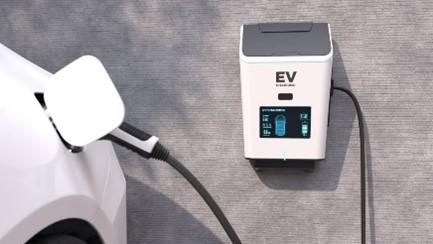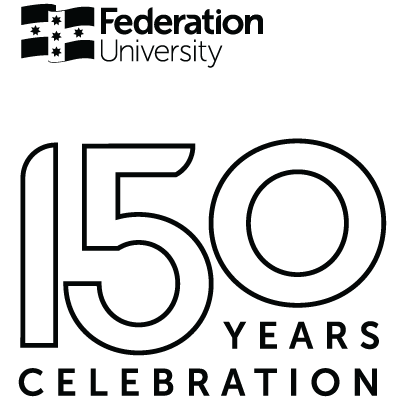Research to guide clean energy transition

Sponsored by

Sponsored by

Federation University researchers are playing a key role in a major research project that will help guide the Victorian energy sector’s transition to a renewable electricity and clean energy power system beyond 2030.
The Enhanced System Planning Victoria project (ESP-V) is led by Federation’s long-time industry partner Centre for New Energy Technologies (C4NET) and includes five Victorian universities and Distribution Network System Providers (DNSPs). The Department of Energy Environment and Climate Action (DEECA) and the Australian Energy Market Operator (AEMO) are also involved in the project.
Federation's Centre for New Energy Transition Research (CfNETR) Director, Professor Nima Amjady, says effective system planning is the first step and a key issue for the massive integration of renewable energies into the supply mix and for net zero transitioning.
Among C4NET’s key goals for the research project is developing datasets that can be used for scenario modelling by electricity infrastructure planning groups. It anticipates the project will significantly impact the energy sector, helping create a smooth and efficient transition to a renewable, clean energy system.
The centre works with government, industry and academia to assist in the transition of the energy sector. It says there is no whole-of-system modelling framework for infrastructure development downstream to the transmission system that has consistent parameters and assumptions for key stakeholders, including market operators, regulators, policymakers, and asset investors and managers to use.
Models and datasets generated through the project will be shared with industry through close collaboration with the AEMO and Victorian DNSPs.
Smart power systems researcher Dr Rakibuzzaman Shah, from Federation’s (CfNETR), says the project is important for the state’s future as it will guide the entire energy sector’s transition.
“This is an initiative to guide consumers and large utilities into unchartered territory with the electrification of almost everything. That doesn’t just include electric vehicles but also the move away from electric heating, cooking and hot water which are becoming too expensive for many people to operate,” Dr Shah said.
“If we are planning for the electrification of everything and getting rid of gas appliances, we need to know the impact on the power distribution system as well as upstream of the network – at the transmission and sub-transmission level – how the systems will behave – and we need to understand the rate at which the electrification will happen.”
Dr Shah says there are also potential implications for reliable energy supplies with power generation moving away from large power plants to smaller distributed resources, particularly solar-distributed battery energy resources.
“The systems support that has been given by the large power generators is also ending – so it is likely there won’t be the same level of support that has been there,” Dr Shah said.
“As the transition happens and battery energy storage systems come into the picture, there will be questions on how we can support the overall network from the distribution side.
“Right now, there are no established methods to evaluate these things. So this project will look into that aspect – what techniques and methods are already there that can support these networks.”
Another key component will look at the uptake of electric cars and the impact that vehicle-to-load vehicles will have on distribution systems. EVs with vehicle-to-load capability allow owners to plug into their cars and power external devices – or even their home – from the car’s batteries.
The project has several elements, with researchers from Federation’s CfNETR and Centre for Smart Analytics (CSA) involved.
Dr Shah says Artificial Intelligence (AI) researchers from the CSA research centre will be pivotal in developing data-driven tools to lead one of the project’s elements which will rely heavily on modelling.
“The other two projects involve the is the pure power system and taking things into account like, if there are a lot of electric vehicles and behave as a virtual storage system, how that will interact with the larger system, and at the sub-transmission and transmission levels,” Dr Shah said.
“From the planning perspective, there is much to know and it’s necessary to develop the models that utilities need to use and how they can manage them from an operational perspective.”